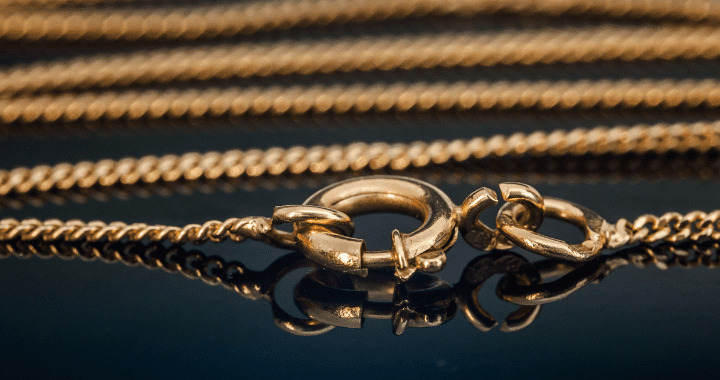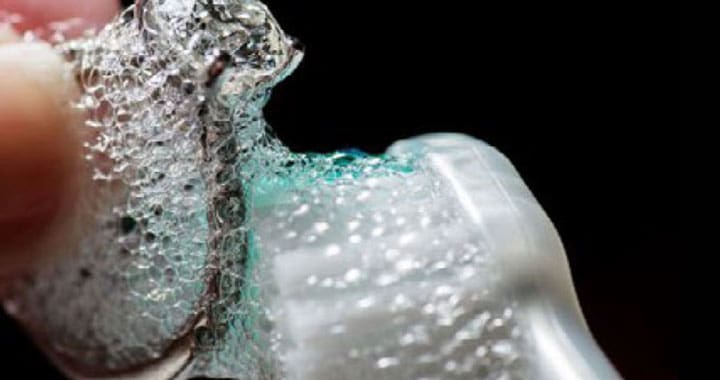Eagle eyed observers at the Commonwealth Service on 11th March this year, noticed that something was absent from The Princess of Wales’ otherwise immaculate and eye-catching ensemble.


One tiny diamond was missing from the drop pearl and diamond earrings that she was wearing. These earrings had been gifted to Princess Diana by Collingwoods. They were a favourite of Diana and are now much loved by Princess Catherine. Few jewellery collections are better maintained than those of the Royal family, yet this event shows that accidents can happen to even the best cared for jewels. For those of us without entourages to look after these things, we need to be even more vigilant about our jewellery.
Buying, acquiring or even inheriting jewellery can be so wonderfully exciting that when picking out the perfect necklace, earrings, bracelet or ring, the last thing that most people consider is the clasp, catch or claws. However, we should give these much more attention, as this is that will keep those much prized stones in place, or even keep the necklace or bracelet around your neck or wrist. I write as someone who found a much loved chain link bracelet in an umbrella stand when it had broken as I took a coat off and inadvertently flung the bracelet into this receptacle. The discovery was several years after I thought I had lost it forever; not all mishaps end so well.
As heart-breaking as it is to discover your jewellery has been lost or damaged, it will add insult to injury to then be told that your insurance policy does not cover you. Jewellery insurance typically covers damage, theft, or loss, but whether it specifically covers clasps and settings depends on the terms of the policy. Many policies state that claws and clasps must be regularly checked by an expert and this, along with valuations, are often able to highlight possible problems before they become a disaster.
Things of which to be mindful include:
- Remember that gold is a soft material, the higher the carat of gold the softer it is, therefore claws on rings are susceptible to wearing down, or catching on threads of clothes and peeling back.
- Clasps on necklaces can suffer loss of their spring mechanism.
- Links in a bracelet can wear and become thin, as can the shanks on rings, especially when worn stacked with other rings. Shanks can split.
- Pearls and bead necklaces should always be knotted so stop beads spilling everywhere if broken. Knotted necklaces should be checked regularly, especially if they are frequently worn.
There are some easy ways to help mitigate against the chance of accidental damage or loss.
Rings:
Claws do not necessarily need to be replaced; they can often be retipped.

Clasps:
Clasps are critical to ensure that jewellery stays in place. There are many choices of clasps. The jump ring or spring ring clasp. This is the most common and consists of a metal jump ring with a spring loaded mechanism which opens and closes with applied pressure. The lobster claw clasp, which works in a similar way to the jump ring clasp but are often larger. Both work well unless the spring mechanisms fail. Antique necklaces often have box clasps, which have a tab or prong which fits into the ‘box’ and snaps into place. These work well as long as the fit stays tight.






Safety chains:
These are small chains attached to jewellery which add an extra level of additional security to prevent loss. On bracelets and necklaces, a safety chain will join the ends should the clasp fail. On a brooch it is often attached to a small pin which is to be used in tandem with the main brooch pin.
Earring backs:
Unless your earrings have integral fittings I think the safest fittings are alpha backs. You can see from the diagram that the posts are notched, and the spring clasps ensure that they can’t come away. If you have earrings with a shepherd’s crook fitting, which are common with antique pendant earrings, you can add an extra level of security with a plastic stopper.



As the Princess of Wales images proves accidents do happen but reducing the chances of mishaps might save your precious jewellery. Precious does not just apply to value, sentimental attachment can be far more emotive than actual cost.
The three crucial steps are:
- Have clasps, claws and settings regularly checked by an expert, especially if after checking your policy your insurance is predicated on this as a requirement.
- Repair and replace broken, elements in your jewellery and regularly restring necklaces.
- Buy clasps, safety chains and earring backs that are best suited to the security of your jewellery.












